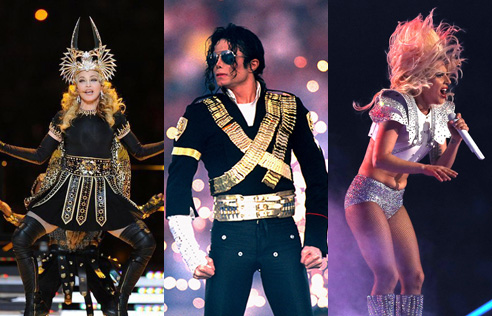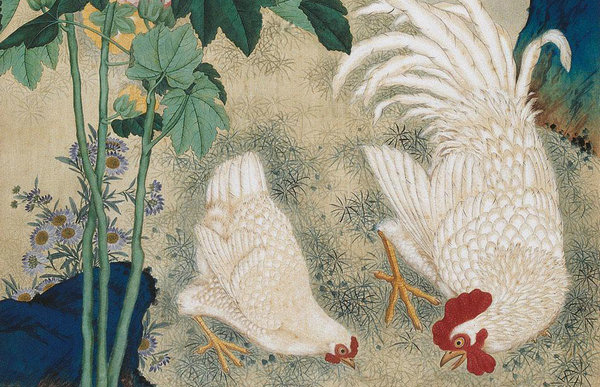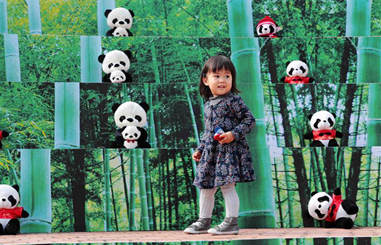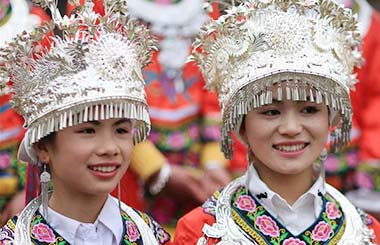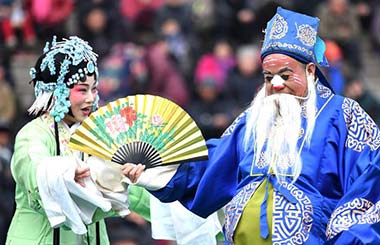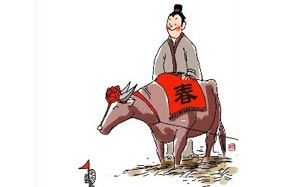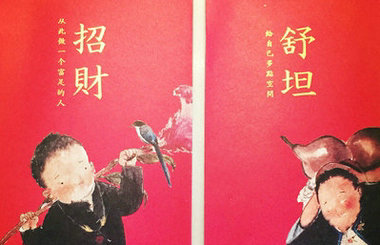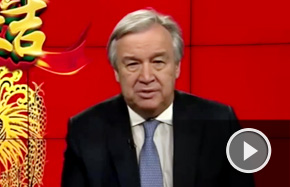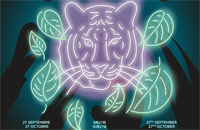He gives calligraphy space to fly freely
Wei, who majored in mathematics at Nankai University in Tianjin, has been passionate about calligraphy since college. He immersed himself in the research of Fu and Chinese epigraphy.
Wei, who moved to Beijing in 1995 to become a professional artist, has since sought to engage in contemporary art to renew Chinese calligraphy.
His works explored Fu's ideas in a modern context.
"Fu personifies the characters of calligraphy. He is opposed to a showcase of skillful cleverness and sophistication, as well as compositions that cater to mainstream tastes," he says.
"If one seeks security and remains in his comfort zone, he cannot create a good piece of work.
"A master loves the uncontrolled feeling. Even when he makes mistakes by going too far, he knows how to fix the imperfections with a perfect finish."
The works on show feature Wei's signature "magic square" characters.
He exaggerates the structures of the characters, making them look like ballooned squares pressed against each other.
His characters are inspired by inscriptions on oracle bones and Northern Dynasty (386-581) steles.
Between the characters he adds images of flowers, birds, towers and gates. By doing so, he distracts viewers from the characters so they can see the beautiful variations of their lines.
Wei-who writes on a golden acrylic background or uses golden acrylic pigments on black paper-makes the characters pop up. The visual effect reminds viewers of the artistic splendor of the Han (206 BC-AD 220) and Tang (618-907) dynasties.
"When I write, I can see the characters rise and fly in the sky like free birds."
If you go
10 am-6 pm, closed on Mondays, through Feb 12. Red No 1-B1, Caochangdi, Chaoyang district, Beijing. 010-5127-3143.




